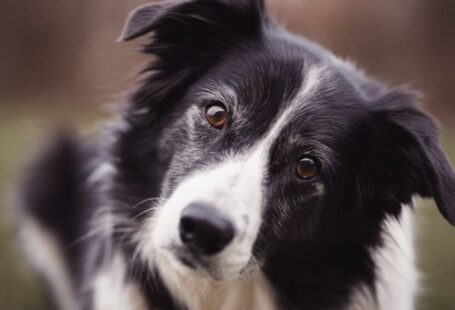Dogs are naturally social animals that thrive on interaction with others, whether it’s with humans or fellow canines. However, not all dogs are automatically adept at playing nicely with their peers. Just like humans, dogs need to learn the proper social skills to engage in healthy play behavior with other dogs. Training your dog to play nicely with others is essential for their overall well-being and can lead to more positive interactions in various social settings.
Understanding Canine Body Language
Before diving into the training process, it’s crucial to understand canine body language. Dogs communicate primarily through their body movements and vocalizations. By learning to interpret your dog’s body language, you can better understand their emotions and intentions during interactions with other dogs.
Signs of a dog in a relaxed and playful state include a loose body posture, wagging tail, and play bows (front end low, rear end high). On the other hand, signs of stress or discomfort may include a stiff body, raised hackles, tucked tail, and avoidance behaviors. Recognizing these cues can help you intervene when necessary and prevent potential conflicts during playtime.
Positive Reinforcement Training
Positive reinforcement training is a highly effective method for teaching dogs new behaviors, including how to play nicely with others. This training technique involves rewarding your dog for displaying desired behaviors, such as polite greetings and appropriate play interactions.
When your dog engages in friendly play behavior with another dog, praise them and offer a tasty treat as a reward. Positive reinforcement helps your dog associate good behavior with positive outcomes, making them more likely to repeat these behaviors in the future.
Socialization Opportunities
Exposing your dog to various socialization opportunities is essential for teaching them how to interact with other dogs appropriately. Puppy socialization classes, dog parks, and playdates with other well-behaved dogs are excellent ways to help your dog develop their social skills in a controlled environment.
During these socialization experiences, observe your dog’s behavior closely and intervene if you notice signs of discomfort or aggression. Redirecting your dog’s attention with a toy or a short break can help diffuse tense situations and prevent conflicts from escalating.
Managing Play Sessions
When allowing your dog to play with other dogs, it’s essential to set them up for success by managing the play session effectively. Start with introducing your dog to one calm and friendly companion at a time before gradually increasing the number of playmates.
Provide plenty of space for the dogs to move around freely and monitor their interactions closely. If play becomes too rough or one dog shows signs of discomfort, intervene by redirecting their focus or taking a short break to prevent any negative outcomes.
Encouraging Gentle Play
Teaching your dog to play gently with others is crucial for fostering positive interactions. Encourage gentle play by reinforcing appropriate behaviors, such as soft mouthing, gentle wrestling, and sharing toys without resource guarding.
If your dog displays rough or overly dominant behaviors, such as excessive barking, growling, or mounting, redirect their attention and provide them with an alternative, such as a fun toy or a short training session. Consistent reinforcement of gentle play behaviors will help your dog learn how to engage in respectful interactions with their playmates.
Creating Positive Associations
To ensure that your dog enjoys playing with others, it’s essential to create positive associations with social interactions. Make playtime fun and rewarding by incorporating games, toys, and treats into your dog’s play sessions with other dogs.
Additionally, pay attention to your dog’s individual preferences and comfort level during play. If your dog shows signs of fatigue or stress, allow them to take breaks as needed and provide them with a quiet space to relax.
Conclusion: Fostering Healthy Play Interactions
Training your dog to play nicely with others requires patience, consistency, and positive reinforcement. By understanding canine body language, providing socialization opportunities, managing play sessions effectively, encouraging gentle play, and creating positive associations with social interactions, you can help your dog develop the necessary social skills to engage in healthy play behaviors with other dogs. Remember that every dog is unique, so tailor your training approach to suit your dog’s individual needs and preferences. With time and dedication, you can enjoy watching your furry friend engage in positive and rewarding play interactions with their canine companions.





